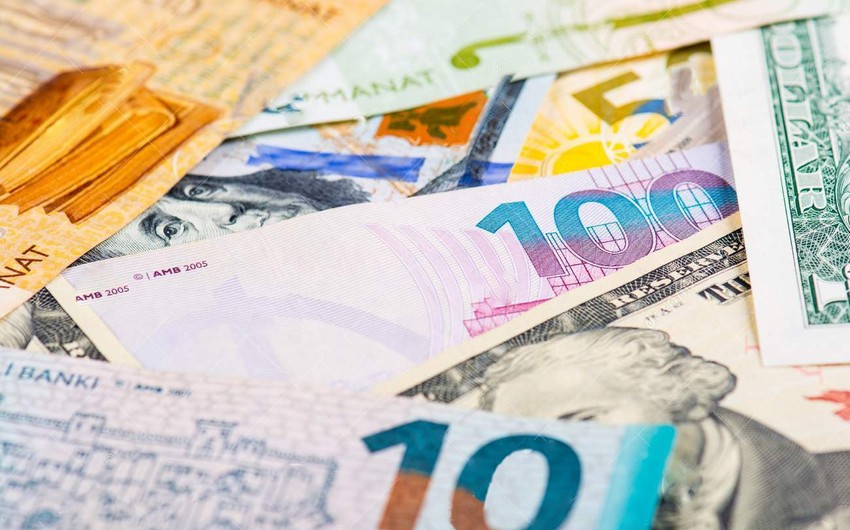According to a country's Central Bank report, lending to the trade and services sector, industry, and production in Azerbaijan has reached a 5-year high.
In line with the document, in January-November 2020, banks and non-bank credit organizations issued 2.59 billion manats in loans to entrepreneurs engaged in trade and services, an 11% growth year-on-year. Loans for the industry and production sector amounted to 1.38 billion manats, an increase of 48.5%.
The last time such figures were recorded was in 2015.
In both cases, short-term lending in manats and long-term lending in foreign currency are on the rise.
The situation is ambiguous. Loans in foreign currency can only be issued to those who have an income in foreign currency (read: exporters, if we talk about business lending).
There are two reasons to take a loan: business expansion (a positive factor) or running a business, a negative one when your money no longer suffices.
On the one hand, we see the same effect observed in other CIS countries and some European countries - small and medium-sized businesses "stock up on money" in the next wave of coronavirus. These funds will be used to pay salaries, office maintenance (in most cases, no one canceled the rent), and other cases.
Statistics do not show that this is a small and medium-sized business, but large enterprises usually have a "safety cushion."
On the other hand, statistics show some positive figures in the industry, so it is impossible to speak about an utterly negative trend.
If we compare the Central Bank data with the figures from the State Statistics Committee, the picture becomes clearer.

In January-November 2020, industrial production dropped by 4.7% compared to 11 months of 2019, amounting to 33.7 billion manats. Moreover, the non-oil industry grew by 11.4%, to 10.85 billion manats.
Growth in the non-oil sector was possible thanks to the non-oil extractive industries, such as mining of silver or copper, and the processing industry - the production of clothing, tobacco, shoes, furniture, and other spheres, and, of course, pharmaceutical products, which recorded a 940% growth year-on-year.
It means that there is also a positive factor after all. Production is growing, apparently, not from scratch. There must be a corresponding demand. As of December 1, 2020, products worth 566.6 million manats remained in industrial companies' warehouses. It is 18% more than a year earlier - 479.6 million manats. In other words, the demand is there, but not at the same level.
To understand this, you can also look at other statistics - retail trade. Retail trade turnover in January-November of this year amounted to 35 billion manats (a decrease of 1.4%).

The situation is worse in trade and services. As mentioned above, retail trade is declining. The volume of paid services provided to the population also showed a 25.8% contraction over the year, dropping to 6.2 billion manats. Meanwhile, tourist accommodation and public catering "sagged" by 56.1% (789 million manats). If we separate public catering turnover, it is 682.8 million manats, a decrease of 52.1%.
Record lending rates were observed in trade and services; after all, this is a loan for "reserve." These funds are used not for business development, which could bring additional income in the future, but for the maintenance of the current business, which can have severe consequences for both entrepreneurs and the banking sector.
Azad Hasanli, financial expert


 https://static.report.az/photo/ea459ccc-8f57-4c92-ab8e-bceb198bb733.jpg
https://static.report.az/photo/ea459ccc-8f57-4c92-ab8e-bceb198bb733.jpg

